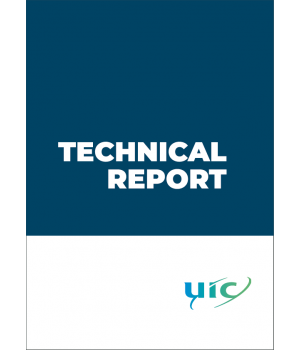
Track Shuntage - Definition of the track circuit shuntage conditions of vehicles fitted with wheels braked using composite brake blocks
Within the framework of the "Noise abatement" project, there are plans to replace the cast iron brake blocks with brake blocks made of composite materials, the noise levels of which could considerably reduce the sound emitted by the wagons.
The results of studies already conducted have allowed type K brake blocks produced by the companies Cosid and Becorit to be admitted into international RIV traffic. Studies continue to be carried out on wheels braked with composite blocks so that the impact and influence of these brake blocks on the wheels can be estimated.
It is also important to study the influence of composite brake blocks on track circuit shuntage capability. This work began with an inventory of the types of track circuit used on European railways. The results of this investigation are presented in the report B 169/DT 399.
Taking this investigation as a starting point, line tests have been carried out on the SNCF and DB networks in order to study the influence of composite brake blocks on track circuit shuntage capability. This report presents the tests conducted with various type K and LL brake blocks as well as their results.
It has emerged that type K and LL composite brake blocks demonstrate a major difference in behaviour with regard to their track circuit shuntage capability. These results have enabled the definition of line test procedures as well as acceptance criteria for the track circuit shuntage capability of composite brake blocks at a particular site.
"+ "
| ISBN | 2-7461-1349-X |
| Pages | 89 |
Fiche technique
- Langage
- Anglais
- Edition
- Ed. no.1
- Date d'édition
- 01/01/2006
- Date de publication
- 19/04/2013
- Nombre de pages
- 89
- Thème
- Standardisation Safety Sécurité Standardisation
- sku
- E_B169/RP25
- Reference
- B 169 / RP 25
 Préférences sur les cookies
Préférences sur les cookies

